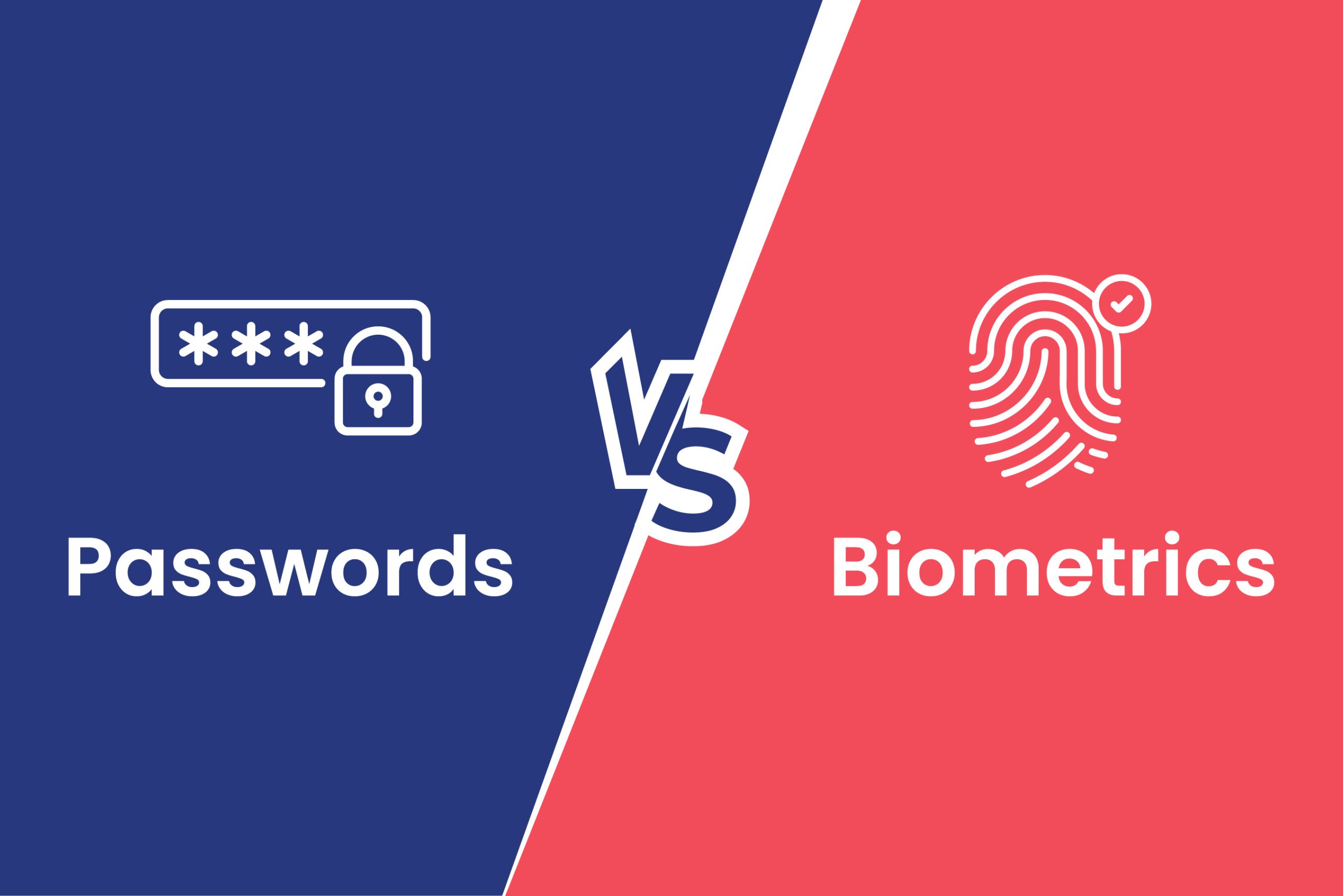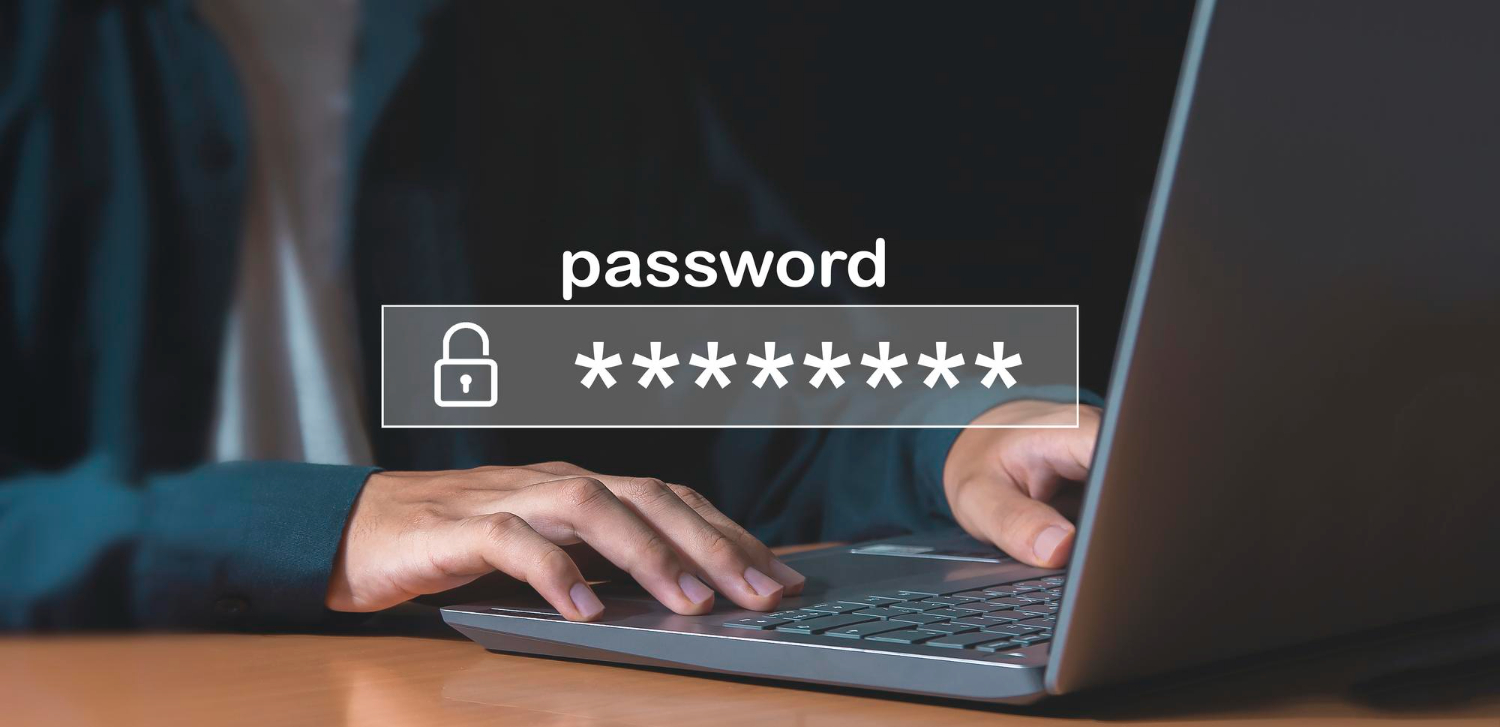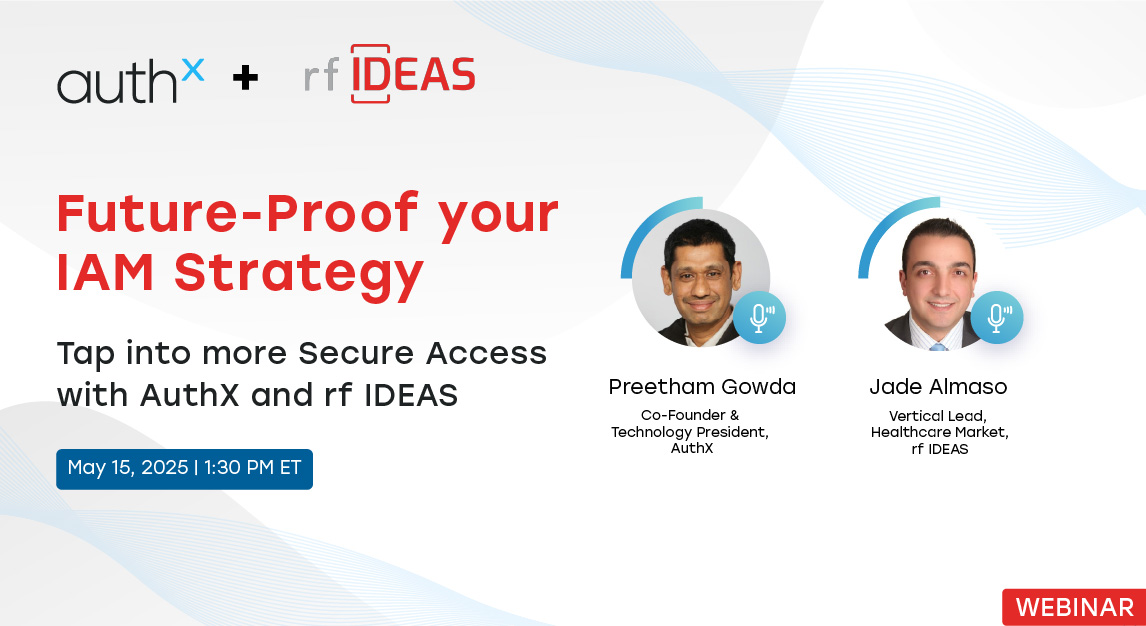Managing secure and efficient access to digital resources has become a high-stakes challenge for organizations navigating growth and change. As cyber threats evolve, data breaches are becoming increasingly costly, averaging $4.88 million per breach in 2024. This marks a 10% increase from last year, highlighting that outdated identity management strategies are no longer viable.
The demands of modern business environments call for agile, secure, and built-to-scale identity solutions. Approaches like Zero Trust frameworks, passwordless authentication, and cloud-based Identity and Access Management (IAM) solutions are redefining how organizations protect their assets and users. Yet modernizing your identity strategy isn’t without hurdles. Legacy systems, hybrid cloud infrastructure, and the rise of remote workforces all complicate the transition.
This blog explores five critical questions every organization should ask when re-evaluating its identity strategy. These insights will help you align security with growth, simplify access management, and stay ahead in a rapidly evolving digital world.
Is Your Current Identity Strategy Scalable?
While growth is a sign of success, it can also reveal vulnerabilities in your infrastructure, particularly in your Identity and Access Management (IAM) system. As your organization adds users, devices, and applications, the ability to grow your IAM solution without causing chaos becomes essential.
Take a moment to assess this: Does your current system suffer under the burden of an increase in users and applications? Adding capacity is only one aspect of scalability; another is doing so effectively without adding complexity.
Here’s what scalable identity management looks like:
- Single Sign-On (SSO): Reduces password fatigue by enabling users to access all authorized applications with a single login.
- Azure Active Directory (Azure AD): Provides unified identity management across cloud and hybrid environments, ensuring that your IAM evolves with your organization
- Cloud-Based IAM Solutions: Support smooth expansion, whether integrating new applications or onboarding a growing workforce, without causing operational bottlenecks.
- Technical Compatibility: Seamlessly integrates with leading technologies such as Citrix, VMware (by Broadcom), Omnissa, IGEL, Stratodesk, and more; ensuring consistent identity management across diverse environments and platforms.
Whether integrating a new application or onboarding a new workforce, it enables smooth expansion without causing operational difficulties. It’s important to anticipate growth and stay ahead of it rather than just keeping up with it.

- Enable Remote Users Effortlessly
- Integrate with your Identity Stack
- Expanded Authentication Workflows
- Compatibility with Leading Platforms
- Enable Remote Users Effortlessly
- Integrate with your Identity Stack
- Expanded Authentication Workflows
- Compatibility with Leading Platforms
How Secure Is Your Identity Management System?
Your identity management system is the foundation of your company’s digital security. But can it really sustain the constantly changing cyberthreats? The goal of effective security is to stay one step ahead of attackers and ensure smooth access for legitimate users, not only to keep bad actors out.
Here’s what modern security should look like:
- Multi-Factor Authentication (MFA): By requiring additional information beyond a password, such as a one-time code or biometric verification, Multi-Factor Authentication (MFA) strengthens defenses.
- Adaptive MFA: Makes it more difficult for unauthorized users to get past authentication by modifying it according to changing situations, such as location, device, or behavior patterns.
- Zero Trust Architecture: Verifies each access request, thoroughly examining the user and the device, regardless of network or location.
Are You Providing a Seamless User Experience?
Security should never feel like a roadblock. Users may find ways to go around the system if logging in is a hassle, which would compromise the security you’re attempting to implement. Adoption and efficacy depend on a smooth user experience, which is more than just convenience. So, ask yourself: How intuitive and frictionless is the login process for your users?
Here’s what can make all the difference:
- Passwordless Authentication: Techniques like passkeys, mobile push notifications or biometrics make logins easier without compromising security.
- Single Sign-On (SSO): SSO saves time and prevents password fatigue by allowing access to all authorized applications with a single login.
When SSO and passwordless methods like biometric authentication, mobile push, passkeys are combined, users may access all their tools in just one, secure step. No time lost, no excuses for risky workarounds, and no juggling with passwords.
Are You Compliant with Evolving Regulations?
It takes more than simply checking boxes to comply with regulations like GDPR, CCPA, HIPAA, CJIS, or NIS2. It also involves protecting sensitive data and avoiding hefty penalties. However, it might be difficult to maintain compliance when there are so many users and systems to manage.
So, here’s the big question: Is your identity management system working with you to ensure compliance?
Tools like passwordless authentication, SSO, and MFA do more than enhance security—they make compliance easier:
- Single Sign-On (SSO) ensures users only access the data they’re authorized to, supporting privacy standards.
- Multi-factor Authentication (MFA) provides an extra layer of security, meeting strict access control guidelines.
When your IAM strategy aligns with regulatory needs, you’re not just protecting data—you’re protecting your organization from avoidable risks.
Are You Ready for the Future of Identity?
Identity management isn’t standing still—it’s evolving fast. Staying ahead is key to maintaining security, boosting efficiency, and ensuring scalability.
Here’s something to consider: Can your IAM system adapt to the technologies shaping tomorrow’s landscape?
Emerging innovations like these are reshaping the identity space:
- Zero Trust: A proactive model that continuously verifies users and devices before granting access, ensuring that no one, whether inside or outside the network, is trusted by default.
- Decentralized Identities: Empowering users to manage their credentials securely, often leveraging technologies that give them direct control. With tools like AuthX Vault, users can securely store, organize, and access their credentials, ensuring both convenience and robust protection.
A future-ready IAM system embraces these advancements, seamlessly integrating tools like passwordless authentication and Adaptive MFA into a robust security strategy. For instance, a Zero Trust framework ensures only authorized users on approved devices like managed company laptops which can only access critical systems, minimizing breach risks.
The future of identity is here – will your system keep up?
Conclusion
Upgrading your identity strategy is a continuous effort not a one-time task. By asking the right questions, you can keep your organization secure, compliant, and well-equipped for what comes next.
At AuthX, we’re here to help you navigate that journey. “Staying ahead in identity security isn’t about chasing trends; it’s about building a strategy that evolves with you,” as Preetham Gowda, President of Technology aptly puts it.
Let’s work together to future-proof your identity management approach. Contact us for a consultation or demo and see how AuthX can transform your identity strategy.















